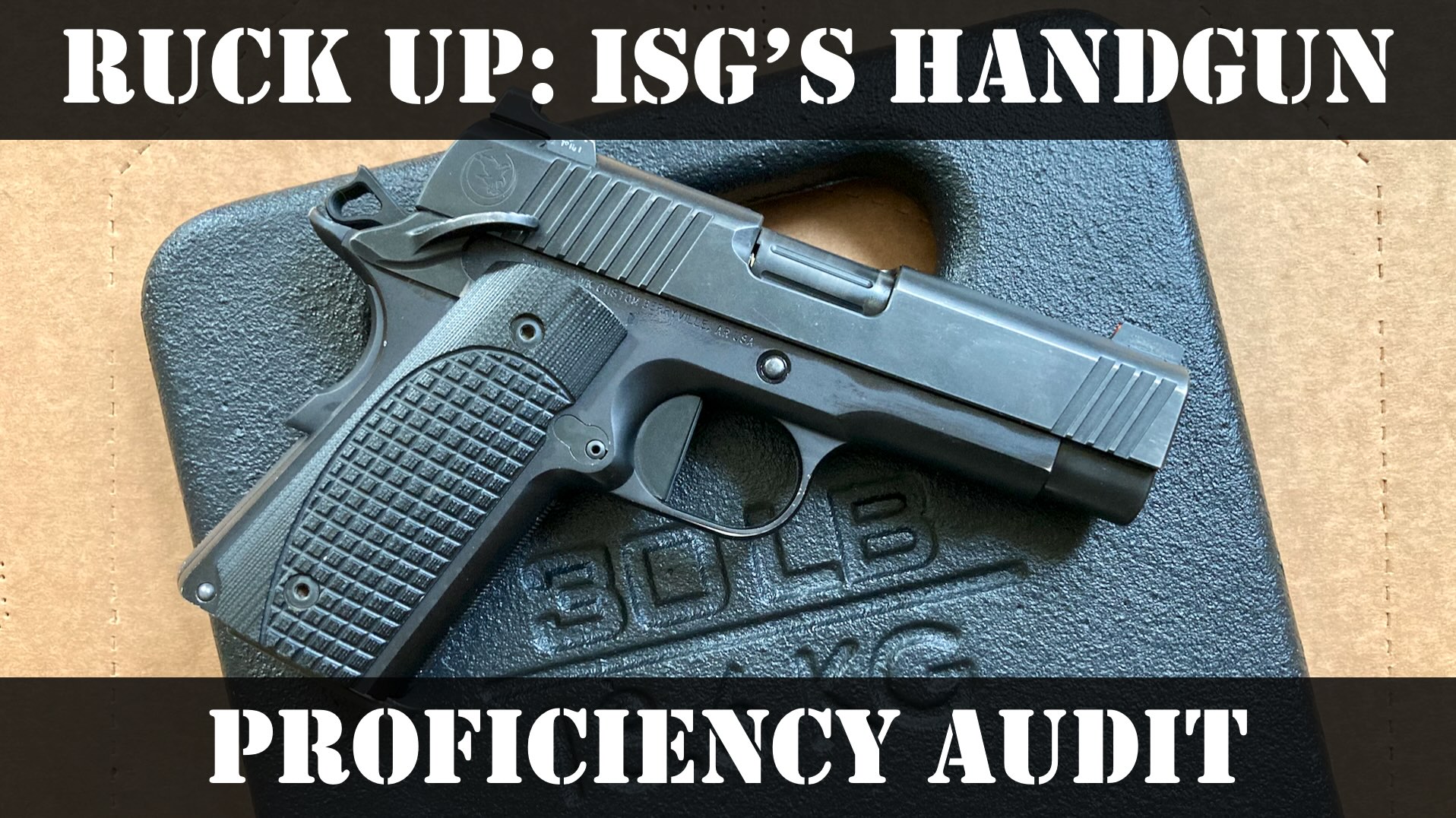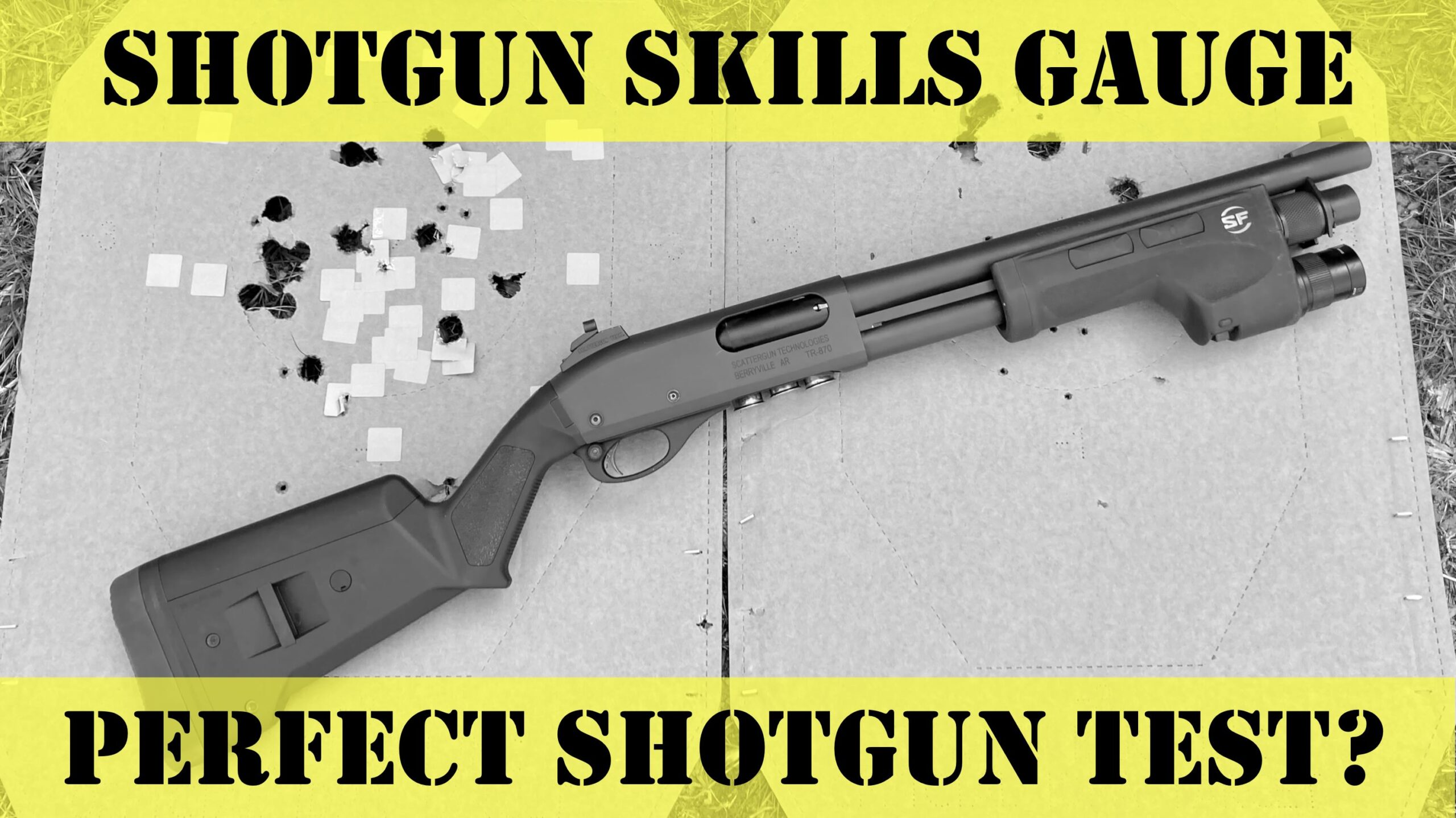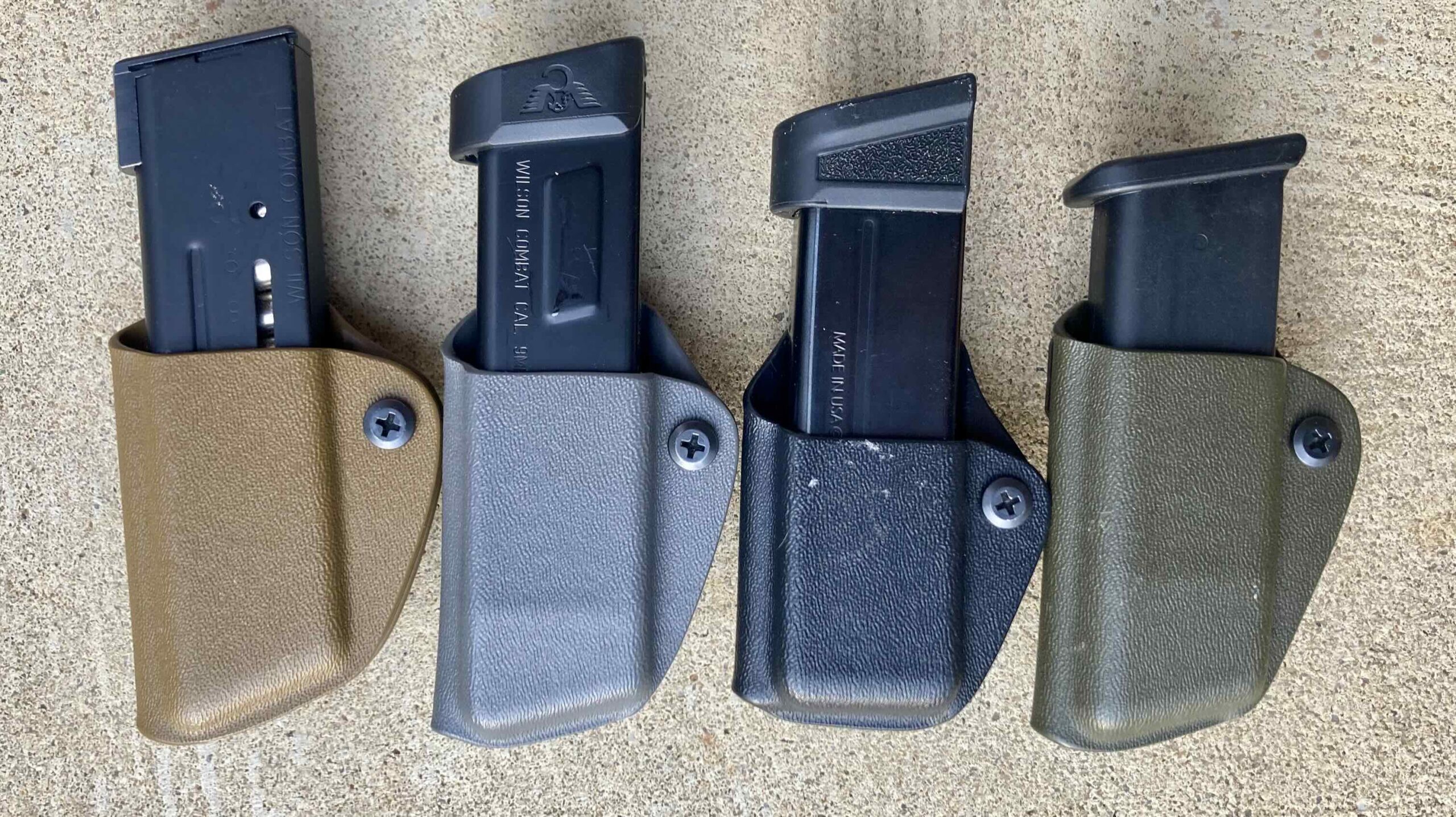I get it, dry practice sucks. Dry practice is boring. You have to reset your trigger. There’s no recoil, so you train to hold the gun with a weak grip. For those of you with a myriad of excuses not to dry practice I have the antidote: the CoolFire Trainer!
This article contains no affiliate links. I have no financial relationship with CoolFire.
What is the CoolFire Trainer?
I first learned of this product from the American Warrior Show. Mike Seeklander is a big fan of the CoolFire and I’ve wanted to get my hands on one for years. I finally got the opportunity when CoolFire sent me a sample to test for review here.
The CoolFire Trainer is training aid consisting of a barrel and recoil spring that you drop into your handgun. The barrel isn’t just a tube, though – it’s a fairly complex little mechanism that is charged with CO2. When you press your trigger and the striker releases, the barrel releases a charge of CO2 which powers a piston that cycles your pistol’s slide. This creates some recoil and cycles your gun. This gives you the benefit of a safe, functioning “firearm” that you can use almost anywhere.
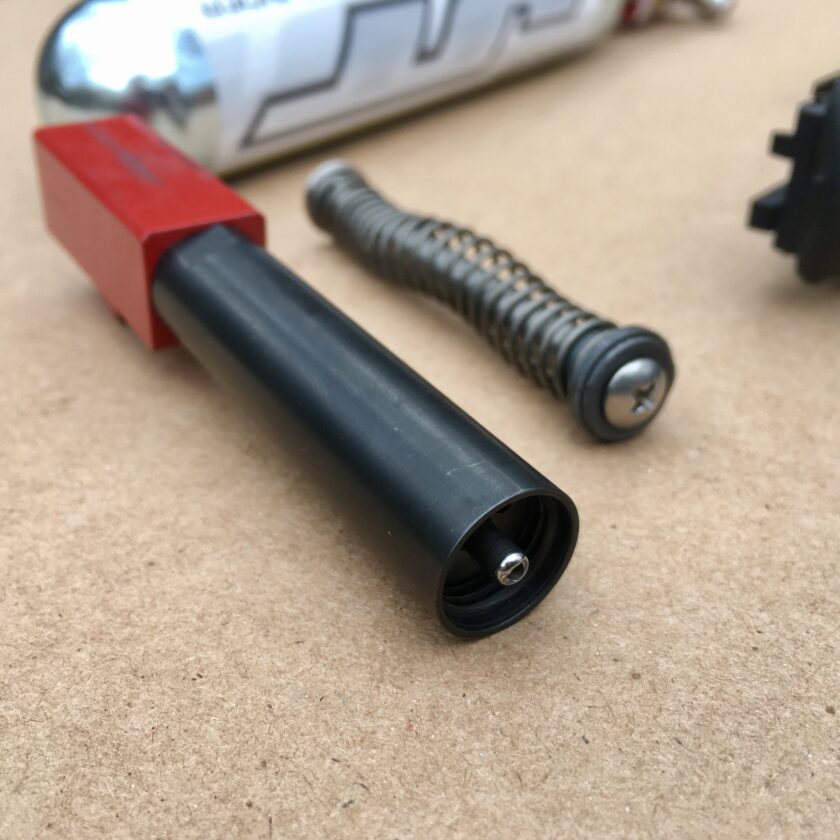
There are a few things that separate this from all other dry practice tools out there. Recoil and slide-cycling are the major differentiators between the CoolFire and other dry practice systems. Though recoil isn’t quite to live-fire levels it is there for the managing. Another major difference is that this tool allows you to use YOUR gun. You get to use your sights, your optic, your customized grip, your trigger. You don’t have to be a cheap, plastic replica of your pistol (that has all sorts of sharp edges); you actually use your gun.
The CoolFire Trainer
The CoolFire Trainer arrived in packaged in a white cardboard box. The kit CoolFire sent me was for use in a Glock 19. Tons of handgun makes and models are supported, including 1911s (with bushing barrels, the reason I didn’t go with a 1911 kit) and 2011s, Beretta, CZ, EAA, Glock, HK, S&W, Sig, Taurus, Walther, and Zev. The box included a couple reflective targets, two 90-gram CO2 cartridges, a CO2 adapter, and a black, zippered pouch. The pouch contains the barrel and slide, as well as a few other included items. My sample also came with an optional laser attachment that screws on the end of the barrel. You will also find some spare O-rings and a couple of magazine adapters. The magazine adapters are simple orange inserts that go into your magazine to prevent the slide from locking to the rear.
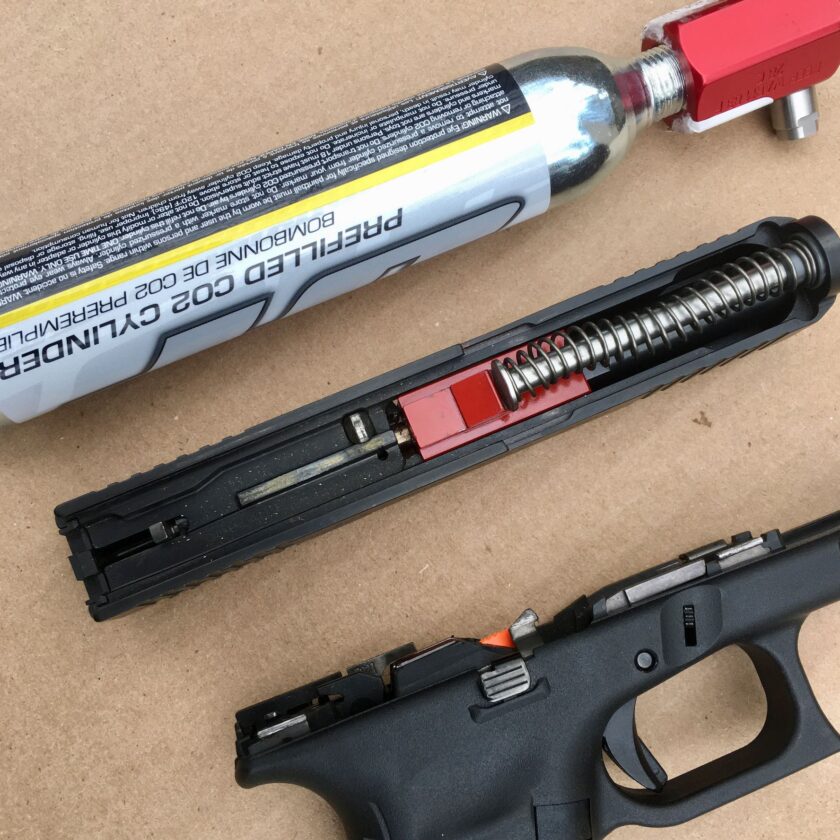
Installing the CoolFire trainer is simple. After ensuring your gun is unloaded, field strip it and remove the barrel and recoil spring. Install the CoolFire barrel and included recoil spring, and reassemble your pistol. At this point the CoolFire is installed and the barrel must be charged with CO2.
A number of CO2 adapters are offered. I didn’t really make a choice, just accepted what CoolFire sent: the 90-gram adapter and cartridges. These worked completely fine, but I imagine they would be a bit more expensive over the long run. Other options include adapters for soda-maker tanks and paintball tanks. Charging the barrel wasn’t difficult at all once I figured out that the 90-gram cartridge had to be inverted for optimal results. Simply press the adapter to the nipple at the end of the barrel, and give it a couple seconds.
The components of the CoolFire seem very robust and high quality, and I have no problem on that front.
The Laser
My CoolFire kit included the optional laser which screws into the muzzle. Though a cool idea (I like that the option exists), I found a couple of problems with this. I admit I am slightly biased against laser training devices. I have worked with the SIRT pistol a bit. What I have found is that it trains me to look downrange at the target to see where my laser is hitting rather than focusing on my sights. At some distances this is acceptable; at others it is not. All that said so you know I am not the most unbiased person when it comes to lasers in training.
Now, let’s talk about my problems with this particular laser. First, it needs to be zeroed in order for point of “impact” to correlate to point of aim. It is zeroed by adjusting tiny windage and elevation screws with very imprecise adjustments. I had quite a bit of difficulty precisely zeroing the laser at all. Then you have to take the laser off every time you charge the unit with CO2, which spoils the zero… you see where I’m going. I got frustrated with it pretty quickly and ended up barely using it.
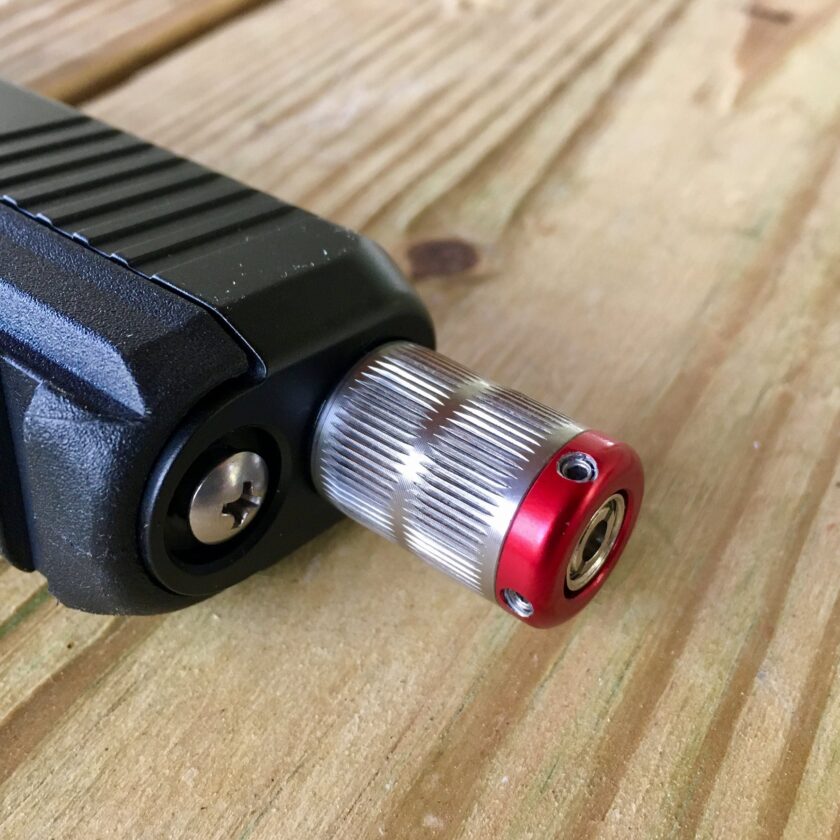
CoolFire does make a “rapid fill adapter” which incorporates a laser, a CO2 fill port, and some added CO2 storage (enough for an advertised 65 additional shots). This would prevent you from taking the laser off so much. The standard laser extends the length of the barrel slightly. The rapid fill adapter (which, again to be clear, I did not test) extends the length of the gun significantly. You may or may not be able to use either laser device depending on the design of your holster. If you are running an open-bottom duty or competition rig it should work well, but will be much more case-by-case with concealment holsters.
Using the CoolFire Trainer
I couldn’t wait to get the CoolFire up and running. As soon as it arrived I installed it, charged it, and started shooting it the kitchen. Immediately I learned a few things. First, you have to warm CO2 up to room temperature before charging the CoolFire barrel. It will charge, but it does a much better job of transferring more CO2 when it is warm. When I properly warmed the cartridge I found I typically got somewhere around 20 shots per fill.
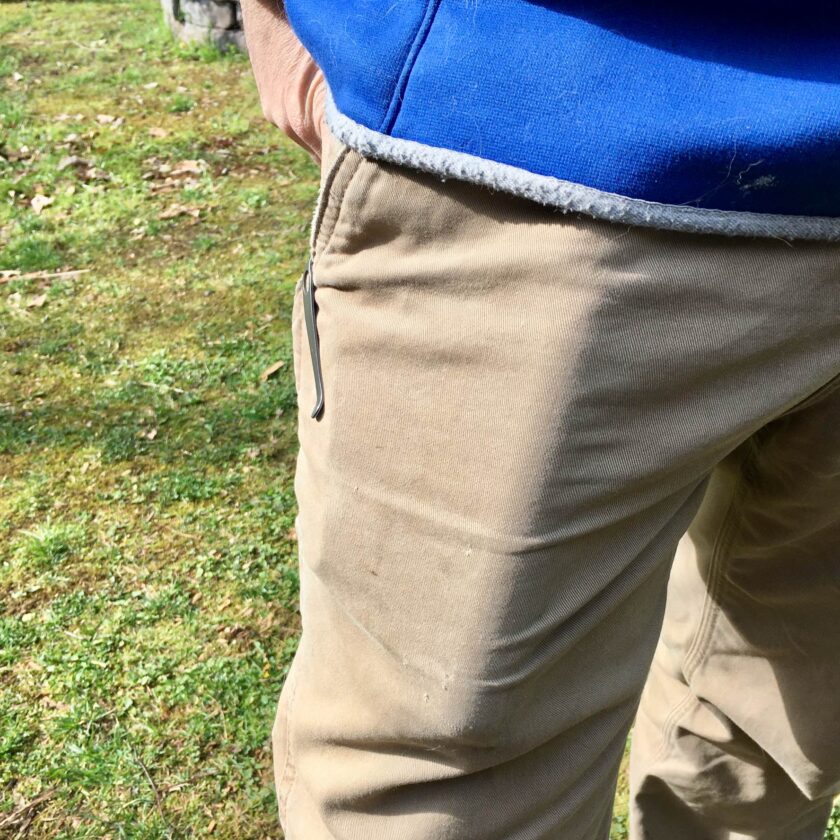
Second, though quiet, the CoolFire certainly isn’t silent. My dogs did not like it one bit. I would have no problem at all using this indoors. I might try to wait until my neighbors aren’t home before using it in a densely-packed apartment building. It doesn’t sound like gunfire, but it does produce some noise.
I spent quite a bit of time firing the CoolFire Trainer, using to the two included 90-gram CO2 cartridges, as well as several that I purchased. Most importantly, the kit was reliable. You do need to keep your gun fairly well lubricated. A dry slide can get a little sluggish, especially when the CO2 pressure begins to drop. With a full charge of CO2 and a lubed gun I had no problems at all with function.
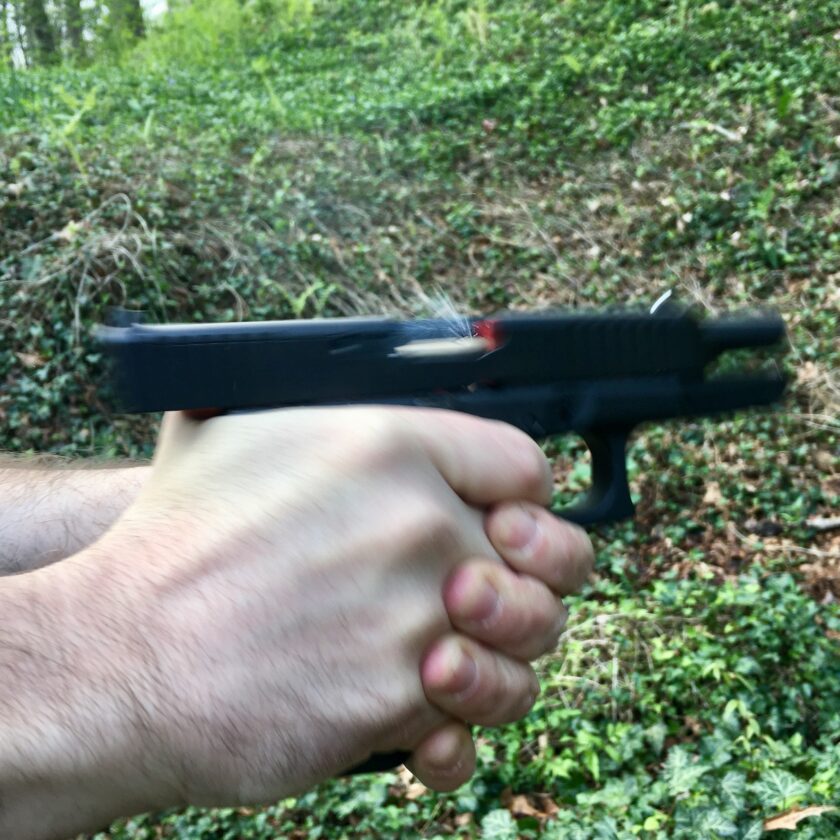
The CoolFire accomplished its mission: it certainly made dry practice more interesting. It took a while to break out of the novelty of being in my basement and having a gun go off. It also enabled me to practice some things (like quick, multiple shots while managing recoil) that dry practice is a poor substitute for. I did find the requirement to frequently fill the CoolFire somewhat distracting. Every 15-20 shots or so I had to stop, retrieve my CO2 canister, and recharge the barrel. If you are doing a long dry practice session this probably isn’t that big a deal. My model is trying to get as much practice into 10 minutes/day as possible, so this really began to eat into my time.
My Impressions and Thoughts
As far as realism, nothing comes close. You get to use your gun with your sights and grip mods and Apex trigger and whatever else. You get to draw your gun from your holster, exactly the way your carry it. There is nothing on the outside of the gun to interfere with a clean draw (except possibly the laser). And when you press the trigger you get the feedback of recoil, slide-cycling, and trigger reset. The CoolFire Trainer brings a pretty enormous set of benefits to the table in that regard.
I also contend that practicing with the CoolFire Trainer may be objectively safer than practicing with a dry gun. I like to say that if a snap cap is in your chamber, a live round can’t be. CoolFire goes a bit further; if there’s a CoolFire barrel (as indicated by the obvious red chamber area) in your gun, it cannot chamber a live round. I think that just about anything you can do to make dry practice safer is a good thing.
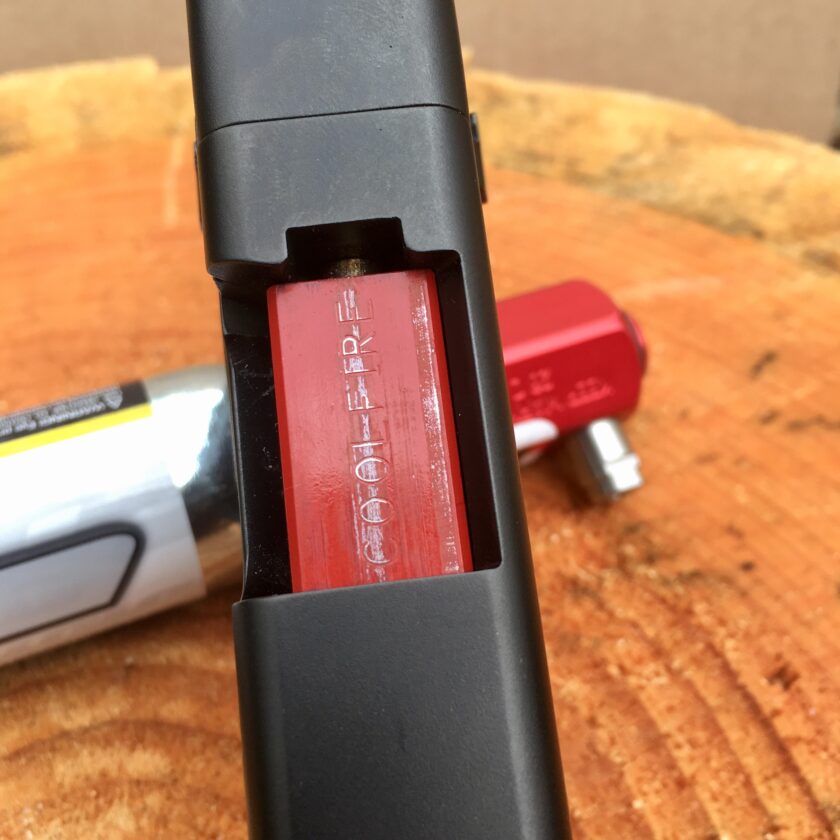
Bottom line: I liked the CoolFire and wanted to like it a lot more. I loved the slide-cycling and recoil aspect. The requirement to fill it so frequently became something of a headache, that reduced my enthusiasm for it pretty early. My biggest complain with the CoolFire, though – and I admit this might not be completely fair – is the price. At $329 for most kits (and up to $405) this is a very expensive piece of gear. The laser is another upgrade (and one that I could do without) and CO2 becomes a consumable, though admittedly not a very expensive one.
It’s hard for me to justify that kind of outlay of cash, considering what you can already do completely dry. But that’s just me. It’s up to each individual to make up his or her own mind about value. The CoolFire Trainer is a very good piece of gear that works reliably and brings something to the table. If the money isn’t a concern I would recommend it without hesitation.



